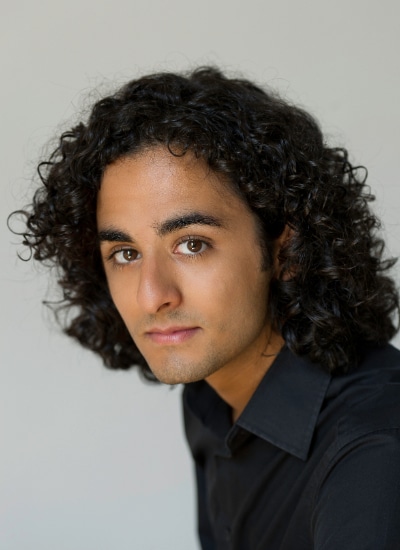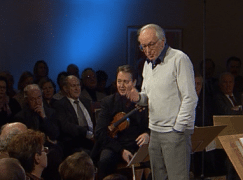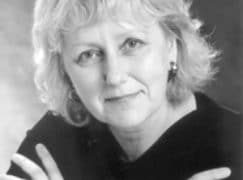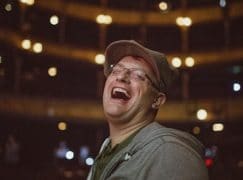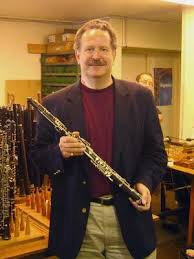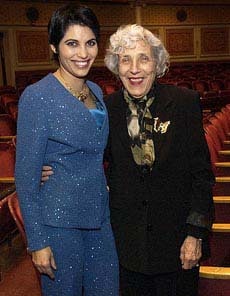Our diarist Anthea Kreston is flummoxed by a violin family tree.
One of my students in Philadelphia this week, a young woman from Los Angeles, came in playing the Sibelius Violin Concerto. I knew that she was a student of my oldest sister (Aimee Kreston, a Curtis grad and teacher of a swathe of amazing young violinists at the Colburn School). As I heard her play, it was as if, in many ways, she had been taught exactly like me, or by me, or she was me. She had a distinct personality, to be sure, but one thing and then another popped up. A super-juicy slide in just that spot, beginning page two at a whisper, the way she held her bow arm with the high elbow, the way her fingers on her left hand stood so straight and landed decisively on the tips, her super flexible right wrist which anticipated all bow changes.
I learned the Sibelius concerto as a teenager from the amazing husband-and-wife team of Roland and Almita Vamos, and my sister had learned it from them a decade before. A parallel existence. In addition, this young violinist at Curtis had just come from Chautauqua, where she had taken three weeks of intensive lessons with Almita Vamos. Three generations of Sibelius, converged in that one room in Philadelphia. Like history had squashed itself flat and all the bodies and minds worked at the same time – a hive mind.
I could feel Almita’s fingers curving over my fingers on the left hand- she was such a hands-on teacher – moulding and shaping our arms and fingers by cupping our hands in hers, becoming our shadows. As I came over to this student and asked if I could touch her hand, bending down at the knees so I could place my entire forearm over hers, curve my fingers over hers to show the arc of the shift, the anticipated swing of the elbow as the impossibly high note is plucked from thin air, I felt as if Almita was just there, then.
I decided to give a kind-of boring lesson to that student that day – she was going to be playing the Sibelius in a public masterclass for Ani Kavafian the next day, and I wanted to leave the juicy fun bits for Ani, and to not overwhelm the student with musical ideas. So we did bow math with stickers, distributing and planning the amount, location and angle of the bow per note on the big runs. Things like that.
The next day, as I sat in the Masterclass (my teacher after the Vamoses was Ida Kavafian, the younger sister of Ani Kavafian), I was again struck by several comments that Ani made. Specific technical things that I do myself, drill with my students. For example – keeping all fingers down on the top string when you do octaves, instead of having fingers 2 and 3 hover above the fingerboard. Knowing your shifts from measuring always with the first finger. When she demonstrated, it was as if I were listening to Almita or Roland play – a combination of flexible but organic rhythm, a deep warmth, an inclusive story-telling approach. It was also as if her teaching and playing was from the same cloth – but more like a cousin rather than a parent or grandparent.
I called Jason that night, and was also in close contact with my sister. What they told me brought it all together. Ida and Ani Kavafian and Almita Vamos all studied with Mischa Michakoff, the great Ukrainian violinist who escaped from Russia in 1921 with his friend Gregor Piatigorsky (whose grandson later seriously dated my oldest sister). Mischakoff studied in St. Petersberg with an assistant of Auer. Also connected, but on a different vein, was the American (of Russian-Jewish heritage) violinist Oscar Shumsky, himself a student of Auer. Both Kavafians (from Armenia) as well as Roland Vamos studied with Shumsky. And Shumsky and Michakoff were together in the NBC Symphony in the late 30’s under the baton of Arturo Toscanini. Now I’m confused.
Wait – one more thing. When I was a little girl (around age 10), Roland Vamos (the Vamoses team-teach – you have one hour every week on technique with Roland and an hour on repertoire with Almita), Roland tore a piece of paper from his book and scrawled these little exercises on there. It was super-confusing, very rigorous for the hand (felt like mechanically separated chicken) and all the students had to ask each other advice of how to execute these scrawled notes on bits of paper or napkins from take-out food. He would say something like “oh, these are Korgoyev exercises that I changed up a bit” (between bites of his tuna sandwich) and we were all to do these complex double stop twister-like exercises, in 8 positions and in different keys. But – hold on to your seat – guess who was the teacher of Mischakoff? Sergei Korgoyev, the assistant to Auer. Talk about cross-referencing.
So no wonder I had a series of whiplash-inducing Dèjà vu episodes. Yikes. And, to tie it all together, when I was 16 I used to drive a very old Volvo sedan (brown with rust spots and a window that would fall into the door if you lowered it) which belonged to the daughter of Piatigorsky. And one that belonged to Casals’ widow when I lived in Hartford, Connecticut. More later. I have a puzzle to finish.

